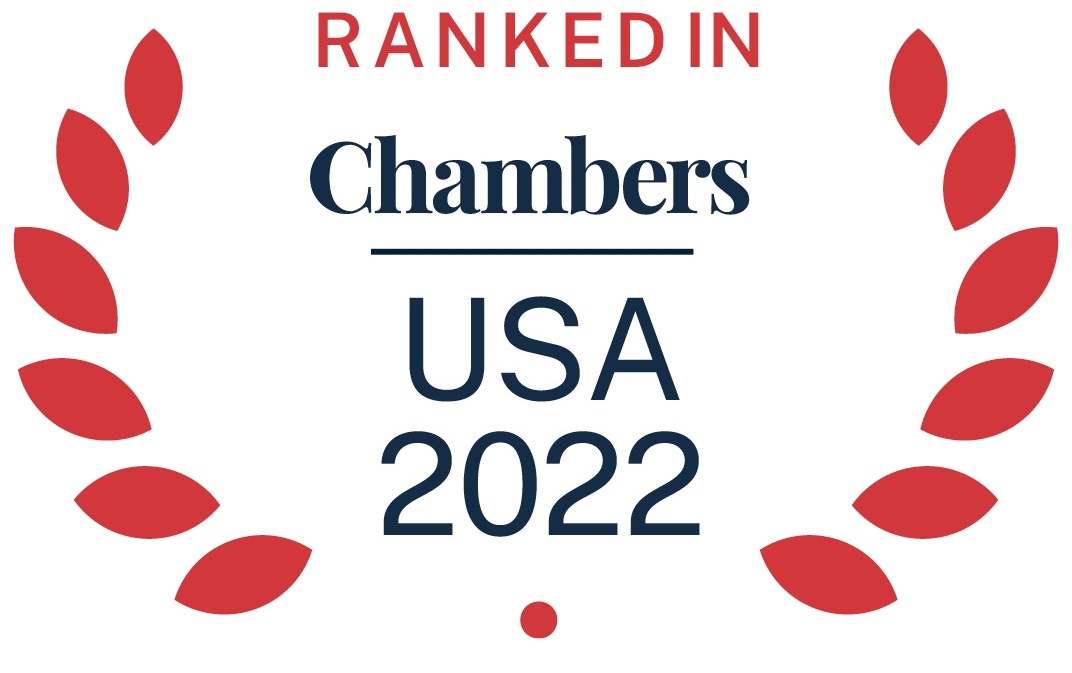Citing forfeiture, the US Court of Appeals for the Federal Circuit upheld the dismissal of a complaint against the US Patent & Trademark Office (PTO). The complaint sought director review of a 2018 Patent Trial & Appeal Board decision that affirmed a rejection of claims in the subject patent application. In the initial appeal, no “appointments clause” argument was raised. Odyssey Logistics & Technology Corp. v. Stewart, Case No. 2023-2077 (Fed. Cir. Mar. 6, 2025) (Dyk, Reyna, Stoll, JJ.)
Background
In 2020, the Federal Circuit upheld a 2018 Board decision rejecting claims in a patent application owned by Odyssey Logistics. At that time, Odyssey did not raise an Appointments Clause challenge. However, following the Supreme Court’s 2021 ruling in United States v. Arthrex, Odyssey filed a request for PTO Director review of the 2018 Board decision, arguing that the decision was invalid under Arthrex. After its request was denied, Odyssey filed a district court complaint seeking to compel director review.
Arthrex addressed the Appointments Clause of the US Constitution, which provides that “Officers of the United States” must be appointed by the President with the advice and consent of the Senate, while Congress may permit the appointment of “inferior Officers” by the President, courts, or department heads. In that case, the plaintiff argued that the Board’s administrative judges were principal officers (rather than inferior) and should have been appointed by the President and confirmed by the Senate.
In 2019, the Federal Circuit ruled that there had been an appointments clause violation in Arthrex (coincidentally, this was during the time of Odyssey’s initial appeal to the Federal Circuit). In 2020, the Supreme Court agreed with the Federal Circuit’s ruling but provided a different remedy, holding that the Director “may review final PTAB decisions and, upon review, may issue decisions himself on behalf of the Board.”
Appeal
After Odyssey sought review of the 2018 decision, the PTO responded that it does not accept requests for Director review of ex parte appeal decisions. Odyssey then filed a district court complaint that was dismissed for lack of subject matter jurisdiction. The district court explained that judicial review of a decision committed to agency discretion was improper. Odyssey appealed.
The Federal Circuit affirmed the district court, not on the grounds of lack of jurisdiction but for failure to state a claim. The Federal Circuit ruled that the PTO did not abuse its discretion in denying review. Under Federal Rule of Civil Procedure 60(b), a district court can relieve a party from a final judgment even after an appeal mandate, as long as the relief sought does not fall within the scope of that mandate. The principles underlying this rule provide guidance for agencies regarding reconsideration of prior agency decisions.
Odyssey did not raise its Appointments Clause argument in its appeal of the 2018 Board decision. The Federal Circuit has consistently held that “a party’s failure to raise an Appointments Clause challenge in its opening brief constitutes forfeiture even when the argument was [...]
Continue Reading
read more

 Subscribe
Subscribe


